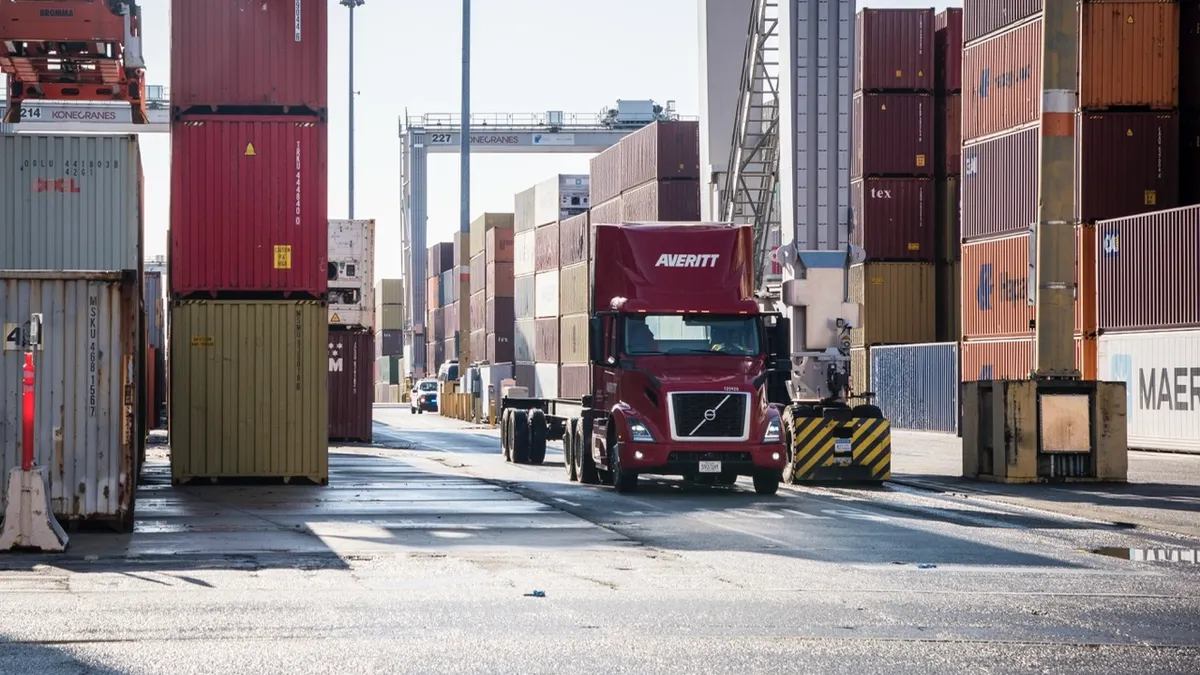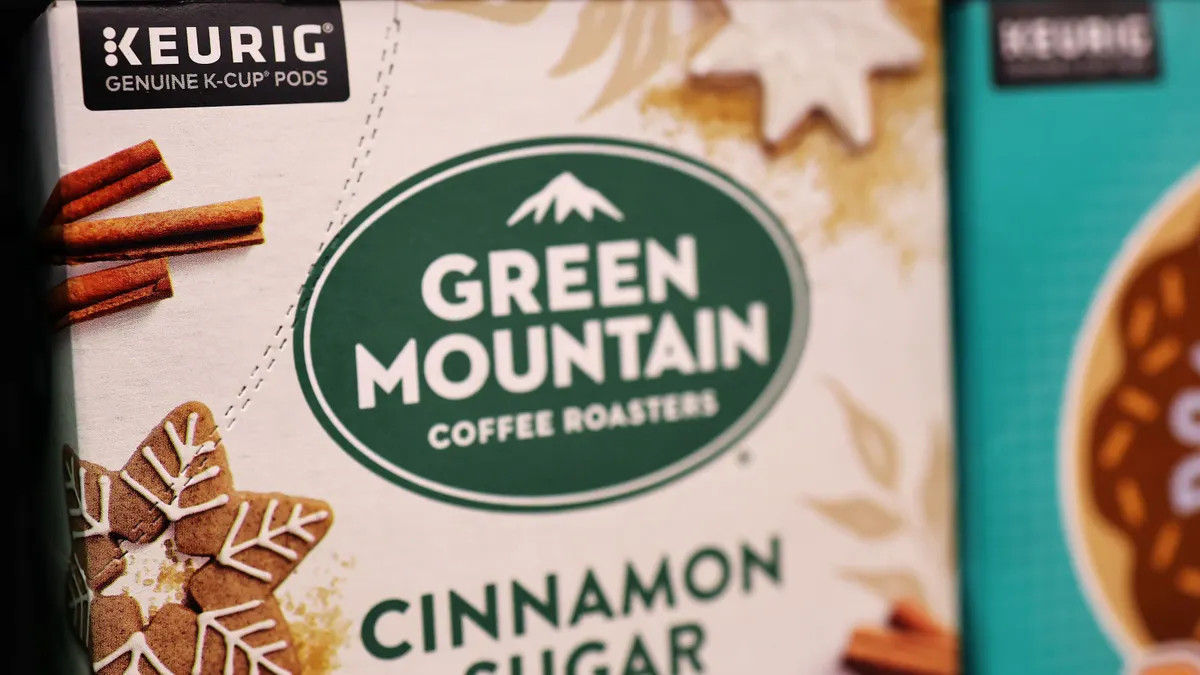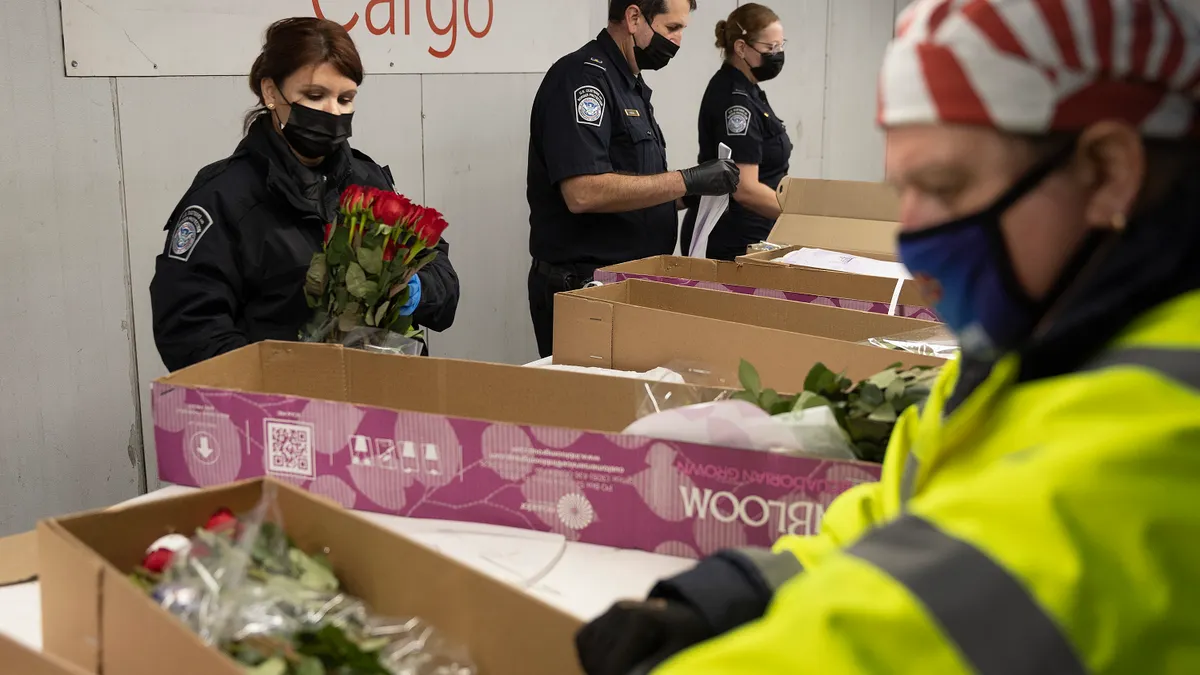Tariffs, sanctions and shifting trade policies have become the rhythm of global commerce in 2025 — not a temporary disruption, but a persistent reality. With new port fees, retaliatory measures and ongoing U.S.–China and USMCA reviews, supply chain leaders aren’t asking if volatility will continue into 2026. They’re asking how to stay ahead of it.
The answer isn’t to react faster — it’s to build smarter. The most resilient supply chains are those engineered for uncertainty, designed to flex across borders, ports and policies without losing momentum.
Optionality is the new optimization
For years, supply chains were designed around one principle: efficiency. But efficiency without flexibility can quickly become fragility. The latest tariff surges and sanctions have made one thing clear — the most optimized route on paper can become the most vulnerable when policy shifts overnight.
In today’s trade environment, optionality is the new optimization. Shippers are rethinking single-lane dependencies and building redundancy into their networks — splitting volumes across multiple ports, blending domestic and cross-border sourcing and maintaining alternate routing strategies to protect service consistency.
It’s no longer about shaving miles or days off a shipment; it’s about maintaining the ability to move when conditions change.
Carriers with broad, multimodal networks give shippers that agility. Averitt, for example, connects shippers to major U.S. gateways — Savannah, Charleston, Houston, Mobile and Long Beach/Los Angeles — with integrated forwarding, drayage, warehousing and inland distribution.
When time-sensitive shipments or international disruptions call for even faster alternatives, Averitt’s air cargo and forwarding services provide another layer of flexibility—linking global origins to U.S. markets through coordinated, expedited transport.
That asset-backed flexibility allows companies to pivot without having to rebuild their network every time the trade map changes.
From global to glocal: Rethinking network design
The tariff conversation has accelerated a larger transformation: the shift from global to glocal networks. Companies are moving production closer to end markets not just to reduce cost, but to shorten their response time to uncertainty.
The U.S.–Mexico–Canada Agreement (USMCA) has become a foundation for this regional approach. As the 2026 review period approaches, manufacturers are deepening cross-border integration, balancing global sourcing with regional execution. The “China + 1” strategy has evolved into “China + Mexico + U.S.” — a diversified, hemispheric supply chain built for continuity.
Cross-border logistics is now a strategic pillar, not a contingency plan. Averitt’s infrastructure, partnerships and bilingual customs coordination enable seamless movement between manufacturing zones and U.S. distribution hubs. With end-to-end management from border crossing to final delivery, shippers can regionalize without losing global reach.
Visibility as a hedge against uncertainty
While policy remains unpredictable, visibility doesn’t have to be. Real-time data has become a hedge against volatility — allowing shippers to understand where freight is, how cost structures are changing and when to pivot before disruption becomes delay.
Modern transportation management systems (TMS) are turning reactive decisions into proactive intelligence. Platforms such as Averitt Connect and ExactRate give shippers instant insight into cost, performance and capacity trends across modes. When tariffs shift, those insights inform smarter timing, routing and mode selection.
Visibility no longer just tracks freight — it drives strategy.
Building for agility, not anxiety
The next year will bring new trade policy shifts, new fees and new uncertainties. But for supply chains built on agility, that’s no longer a crisis — it’s a variable they’re ready for.
Three operational moves stand out for shippers preparing for 2026:
- Reexamine and/or diversify entry points to spread risk and maintain continuity.
- Leverage port-adjacent warehousing to maximize turn times on containers to avoid per diem and demurrage fees.
- Partner with integrated carriers who can coordinate every leg — from international forwarding and drayage to inland LTL, truckload and dedicated fleet services.
Averitt’s PortSide® and Distribution & Fulfillment networks are designed for that exact environment, offering transload, cross-dock and inland distribution solutions that connect seamlessly under one contact. The result: agility without fragmentation.
The strategic payoff of preparedness
Tariff cycles aren’t ending — they’re evolving. The difference between disruption and opportunity will come down to readiness.
Companies that view volatility as a design challenge rather than a crisis will build supply chains that not only survive policy swings but use them to gain advantage.
Resilient logistics isn’t about predicting every move. It’s about engineering flexibility into every move.
Learn how Averitt helps shippers connect global supply chains with local execution at Averitt.com/Consultation.










